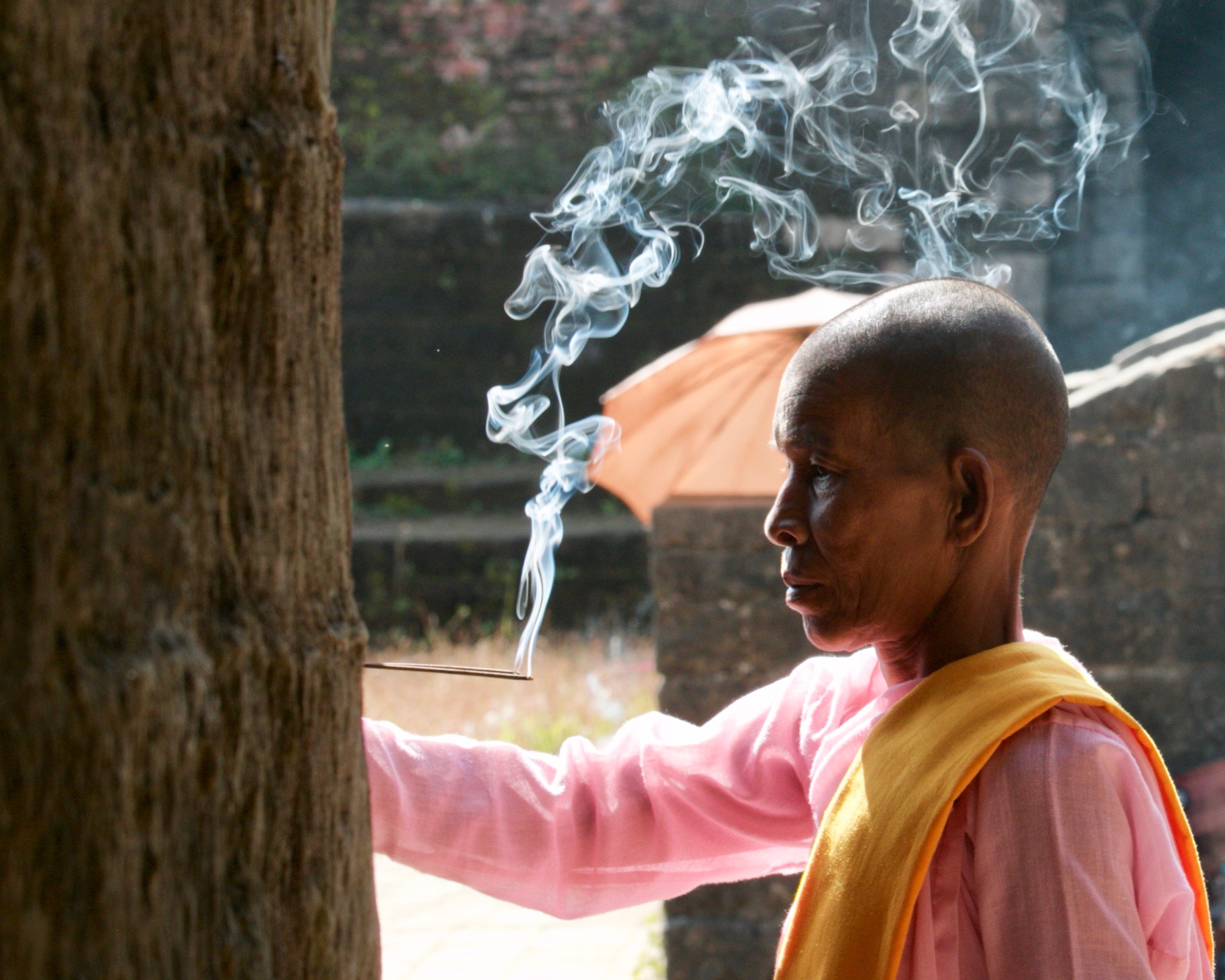Myanmar - Yangon and Mandalay 2016
Hi, welcome to Blog #2 on our visit to Myanmar. This blog will cover the
Cities of Yangon and Mandalay.
The photos in this blog will cover our visits to the two cities, but we also learned some interesting facts and opinions during our time in Myanmar that we would like to share.
As you might expect, the current situation of governing is a hot topic inside and outside of the country. The new government under the leadership of Aung San Suu Kyi’s party (She was awarded the Nobel Peace prize in 1991 for her non-violent struggle for democracy and human rights), just took office in February 2016. We expected to feel and observe a wave of positive momentum because of the new government, however, it seemed more of a “cautious optimism”.
A brief history and our best understanding is:
Early civilization included different Kingdom’s and Dynasty’s from many tribes
From 1050 to the 1600’s Imperial Myanmar, or the Pagan and Mrauk U Kingdoms, dominated the area
In the Mid-1800’s, Britain colonized the area after conquering the Kingdoms
Following a brief period of Japanese rule (1942-1945), the country gained its independence as the Union of Burma in 1948
A military coup d’état in 1962 led to a one-party democracy and a closed country with most aspects of society nationalized under the isolationist military governmen
Following internal struggles and foreign country economic sanctions, the military government finally allowed additional parties to participate in general elections in November 2015, leading to Aung San Suu Kyi’s party gaining the majority of political elected offices held in February 2016.
This achievement and ability to govern is still limited by a constitution that awards control to the Military of multiple Federal Ministries. It also awards the Military 25% of the voting positions that are needed to modify the constitution. Since “MORE THAN” 75% of votes are needed to change the constitution, this leaves control with the military.
The Burmese people were consistent when speaking about the improvements in freedom of speech, opening the borders to foreign travelers (which increased tourism), and now the availability of internet which just occurred in the last 2 years. However, the new government is left with few options to invigorate the economy, and is burdened with enormous debt, which was inflated by enormous corruption with the previous government (#6 Corruption Index out of 176 countries).
The pictures that follow include our time in Yangon, home to the largest Golden Pagoda, Shwedagon Pagoda, which contains strands of Buddha’s hair and a 72 carat diamond on the stupa’s top. Also, Mandalay which is the central trading location for Myanmar gems such as Jade, Rubies, Sapphires and Pearls.
Yangon - Shwedagon Pagoda


Yangon - Tea Cafe's are everywhere

Yangon - British Architecture is common

Shop "On the Go"

Yangon Water Taxi's

Yangon - Maha Bandoola Garden

Yangon

Yangon


Tea time

Yangon

Yangon Food Markets

Yangon Food Markets

Yangon Food Markets

Yangon Food Markets

Yangon Food Markets

Daily Alms collection of the Monks


Mandalay - Sagaing Hill

Mandalay - Sagaing Hill


Ava

Ava

Buddhist Nuns

Ava

Locals working the fields among ancient temples



Mandalay - U Bein Bridge across Tanugthaman Lake

Just a few of the many Buddhas on Mandalay Hill


Shwenandaw Monastary

Mahamuni Pagoda - "Lumpy Buddha"
due to gold leaf applications over many, many years



Mandalay - Mahamuni Pagoda

Mandalay Jade Dealers Market

Wedding Photoshoot Shoot at Kuthodaw Inscription Shrine

28 Years Married!




